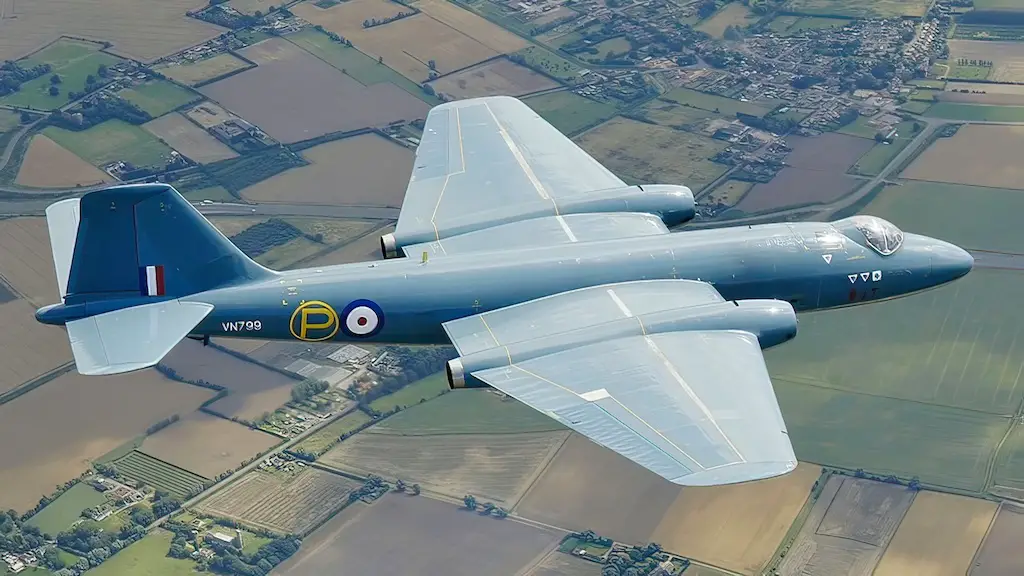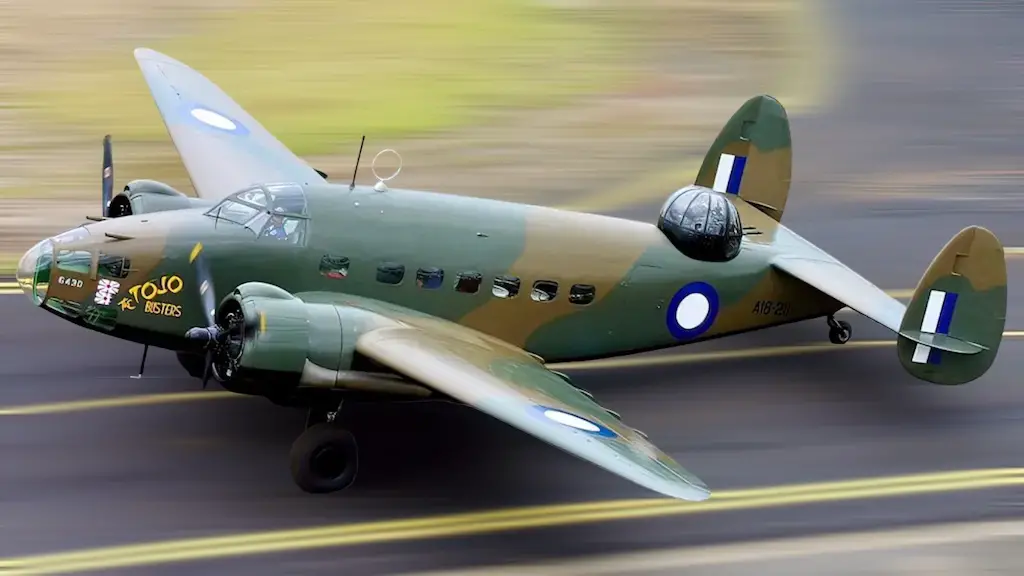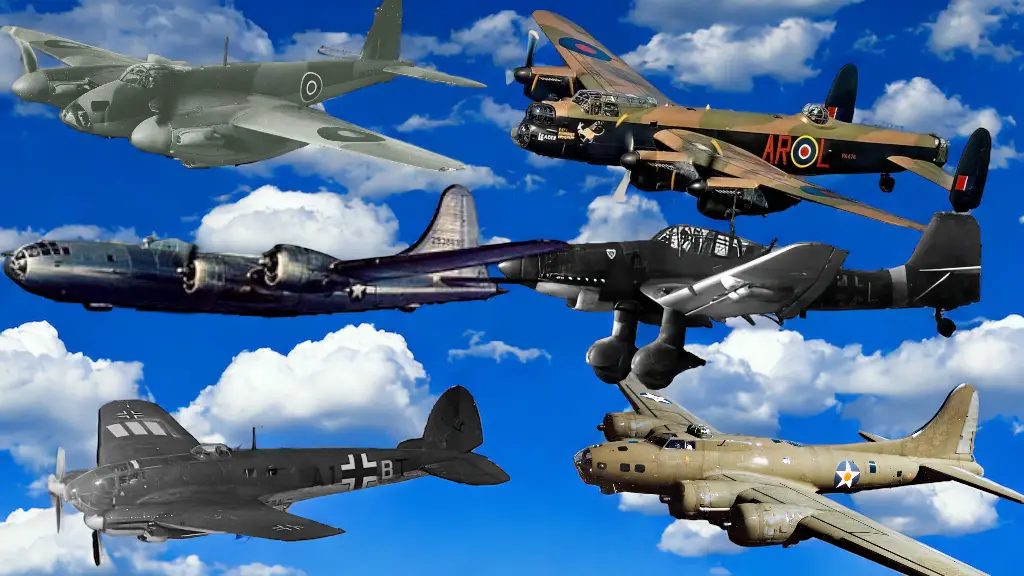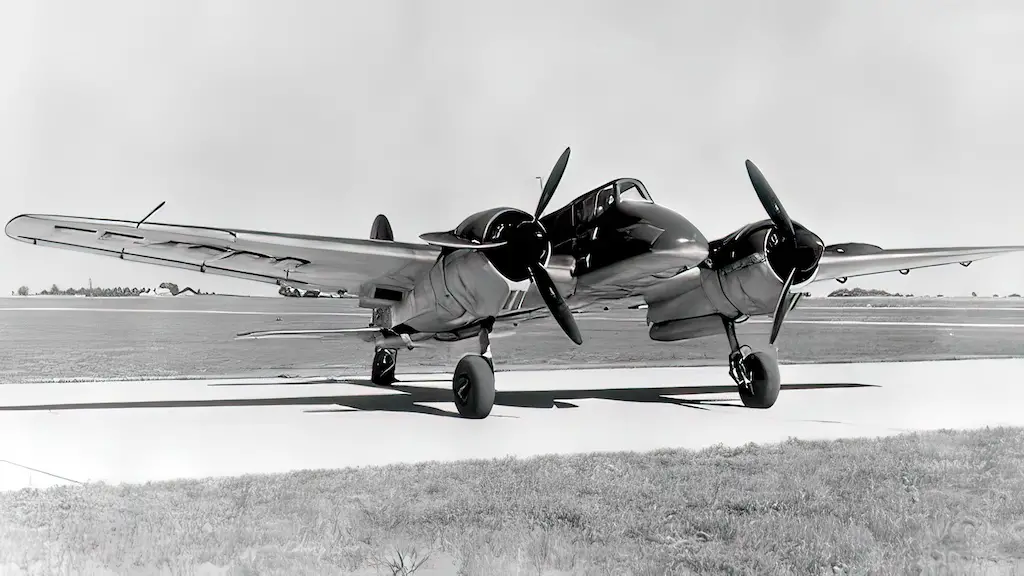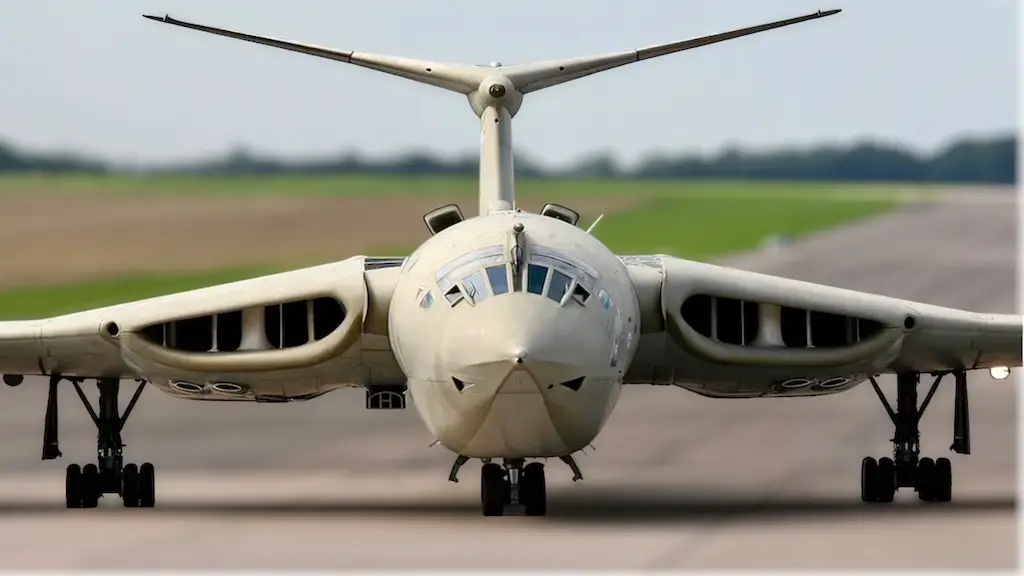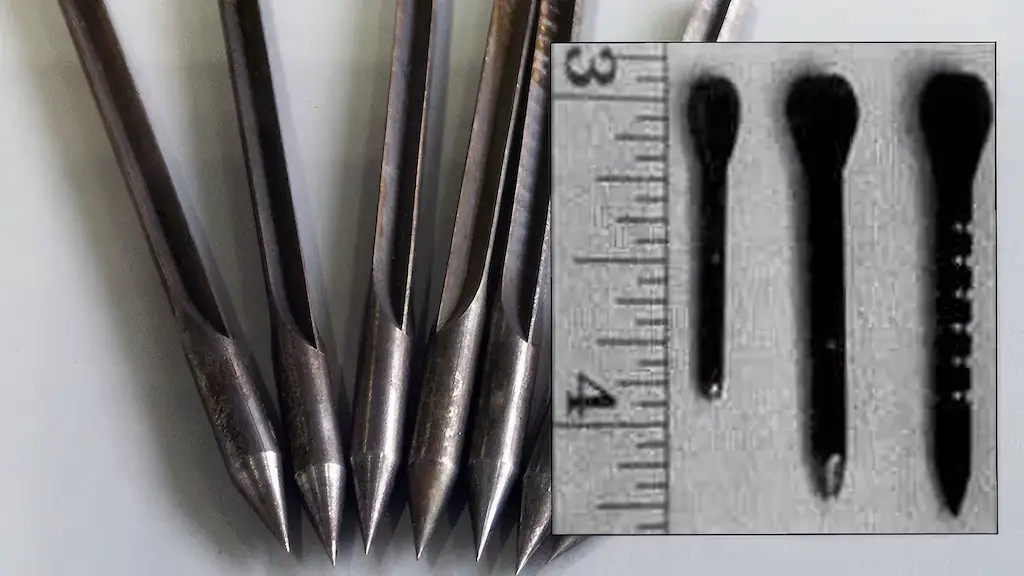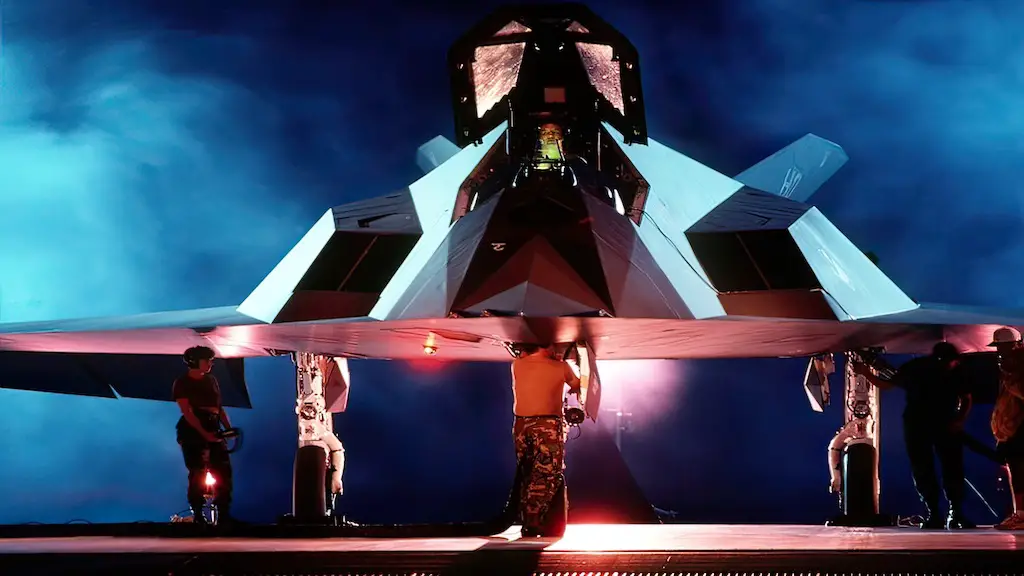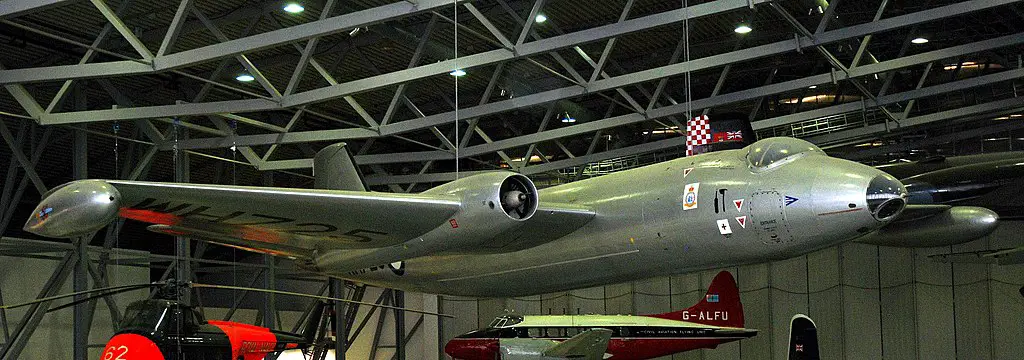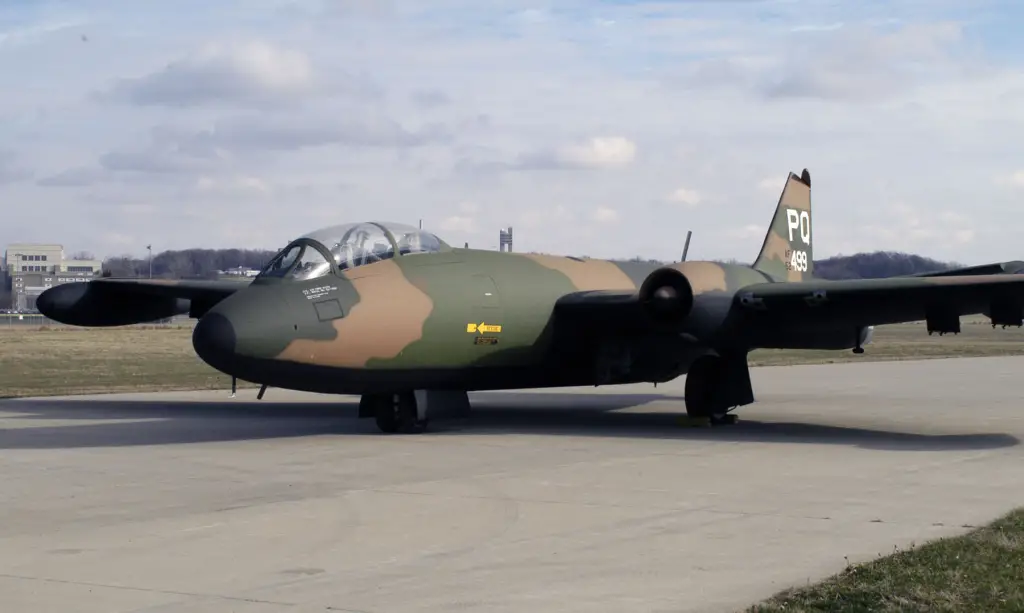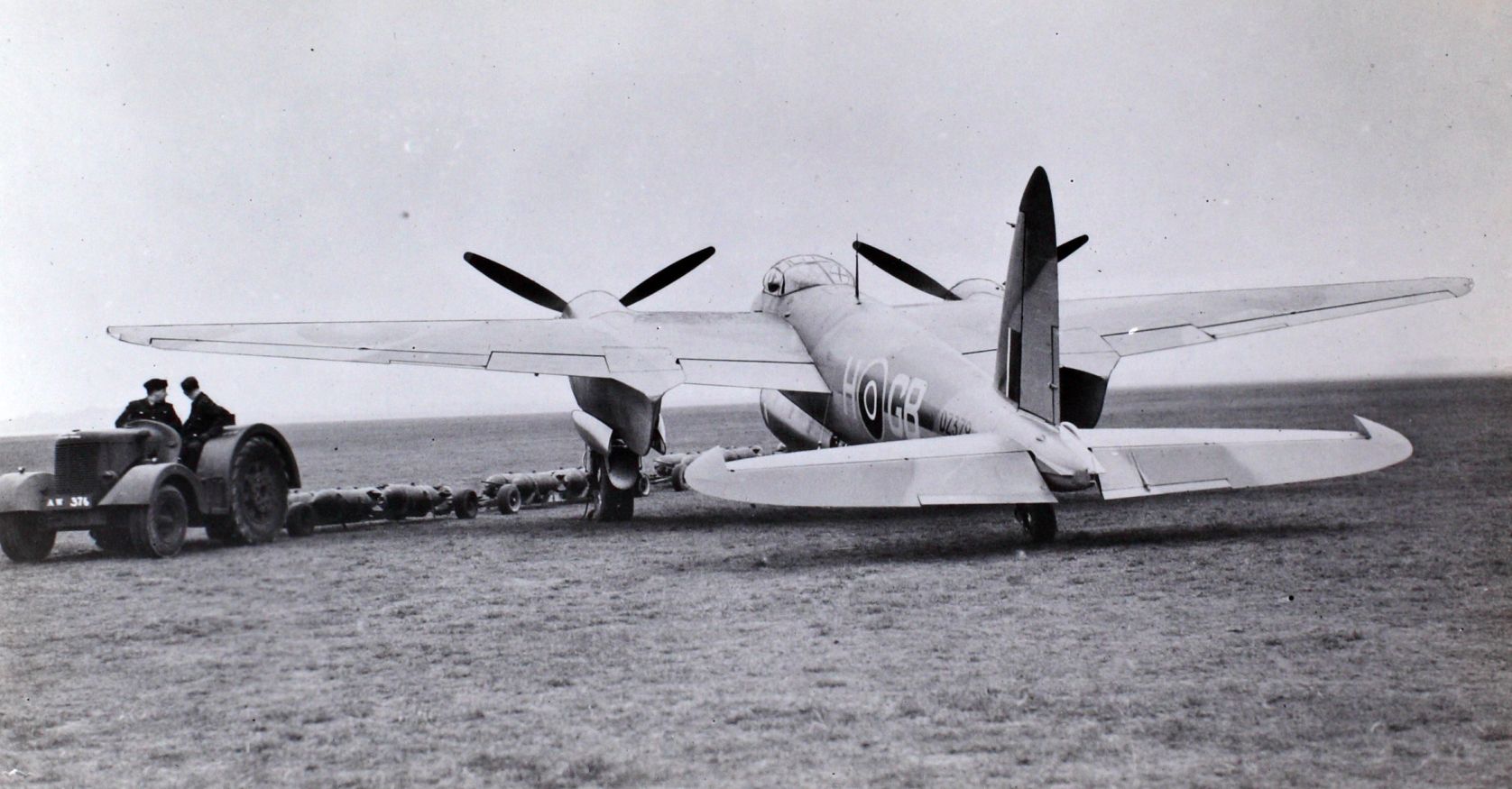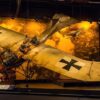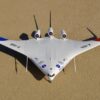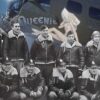The English Electric company created the Canberra bomber for the Royal Air Force (RAF). It was to be a successor to the WWII era de Havilland DH.98 Mosquito and the first jet-powered bomber to enter service with the RAF. It’s career spanned almost six decades. Along with that it served in air forces of numerous other countries and featured in scores of armed conflicts throughout the second half of the 20th and early 21st century.
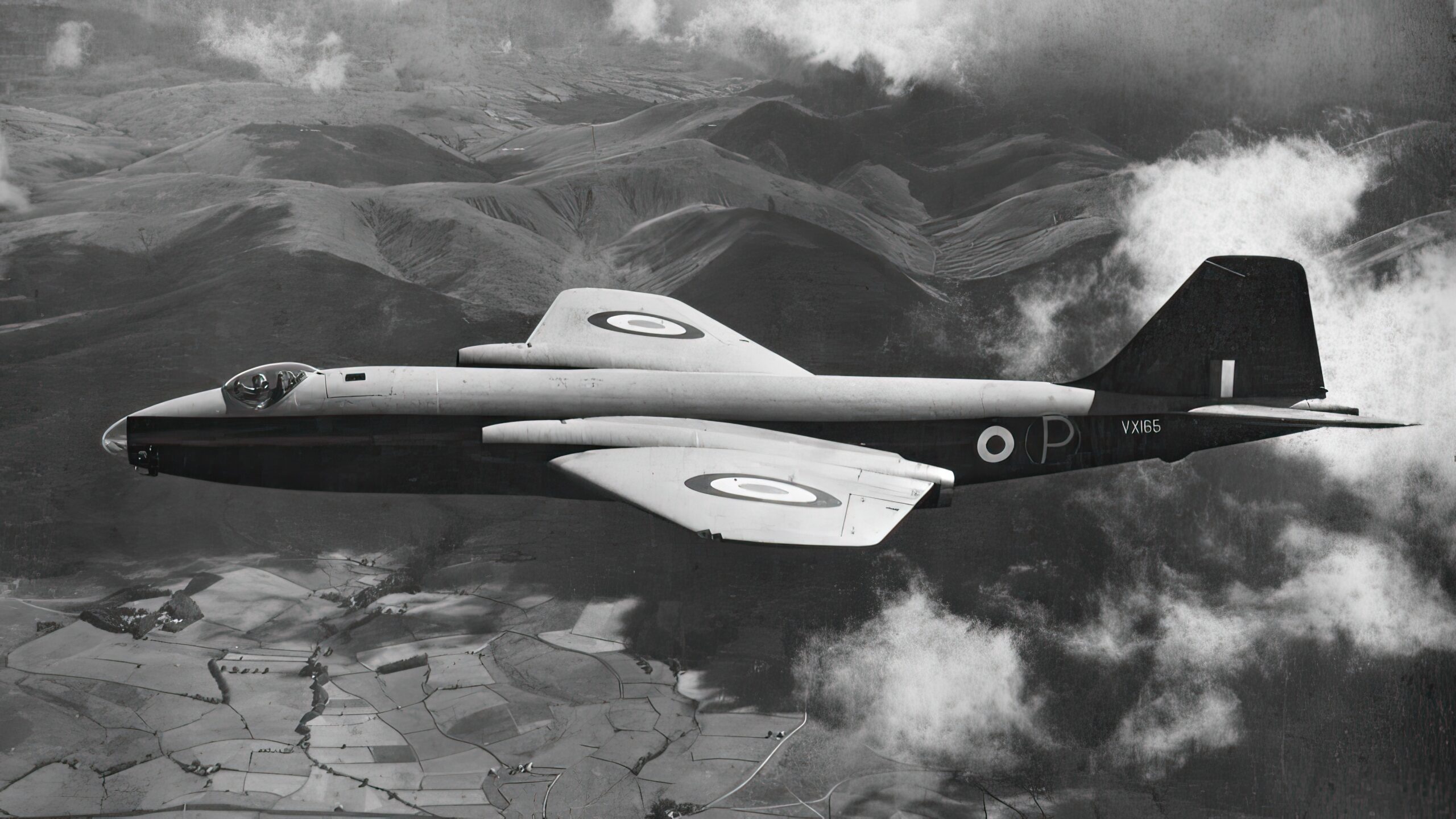
Frontline bomber
The Canberra B.2 was a fast and maneuverable aircraft powered by two Rolls-Royce RA.3 Avon turbojets. It could fly at up to 540 mph (later modifications up to 580 mph) and carry a substantial bomb load of 7,900 lb. It was especially successful as a frontline bomber, but also had a nuclear capability. On top of that Canberra had a standard service ceiling of 48,000 ft, which made it suitable for high-altitude photographic and electronic reconnaissance missions — the role it enjoyed with the RAF long after retiring as a bomber.
Altitude record
In 1957 the plane even broke the world altitude record, getting to 70,310 ft. Although Canberra’s combat radius stood at some 810 miles — it was not a strategic bomber after all, it could be ferried over quite long distances and even became the first jet to make a non-stop transatlantic flight in 1951.
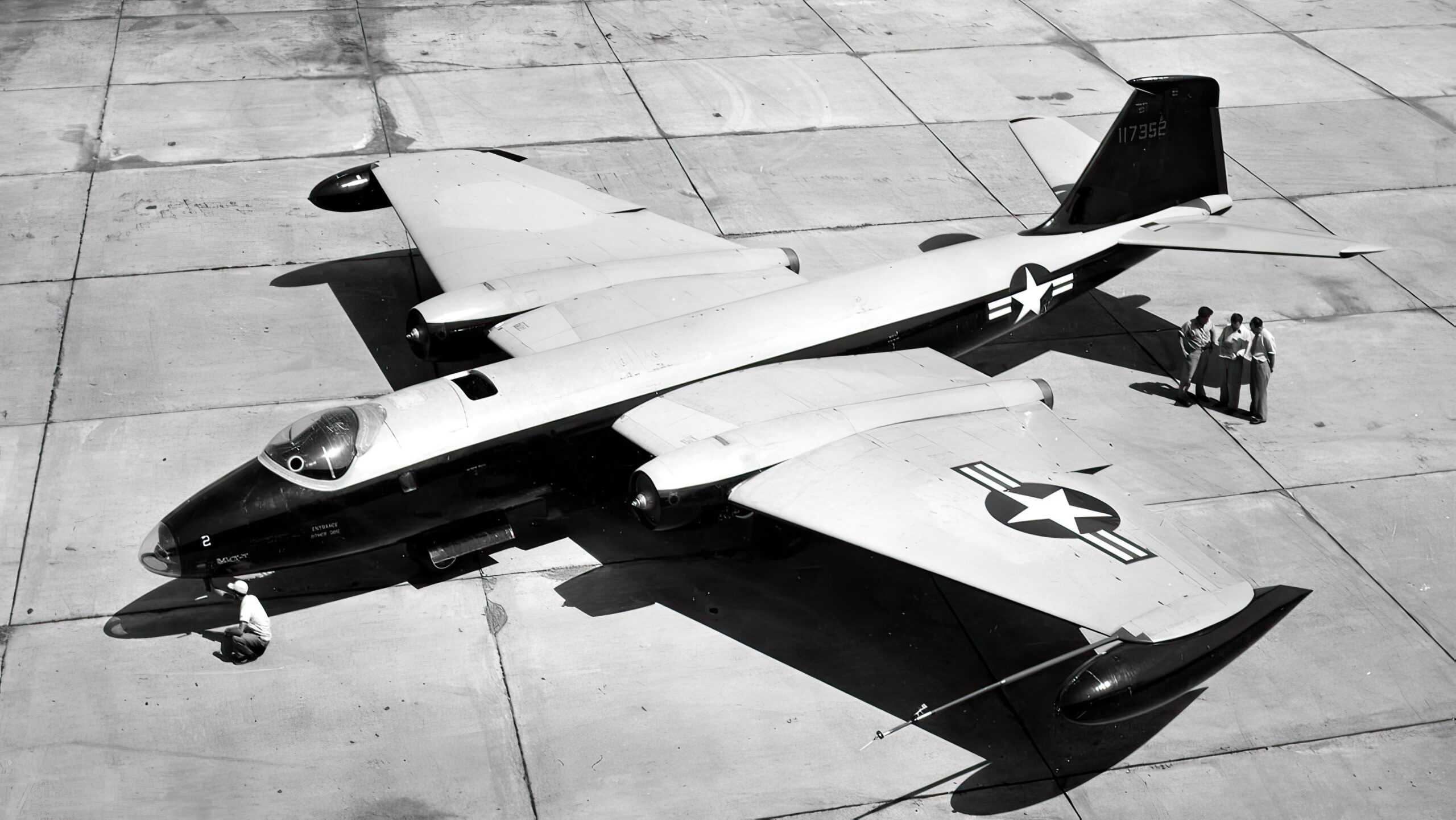
Very popular
This set of qualities made Canberra quite a popular plane not just with RAF but around the world. The first country to order it was Australia, whose capital gave its name to the aircraft. Australia also built 48 aircraft of the type at a local production facility, the Government Aircraft Factory (GAF). A U.S. company Martin manufactured 451 of its own Canberra’s under license.
These had the B-57 designation. Thus, a total of 1,376 aircraft of 40 different versions were manufactured, 901 of them in the UK. Later Canberra joined air force fleets of numerous other nations on the remaining continents. Among these were Argentina and Chile, Ethiopia and South Africa, France and West Germany, India and Pakistan.
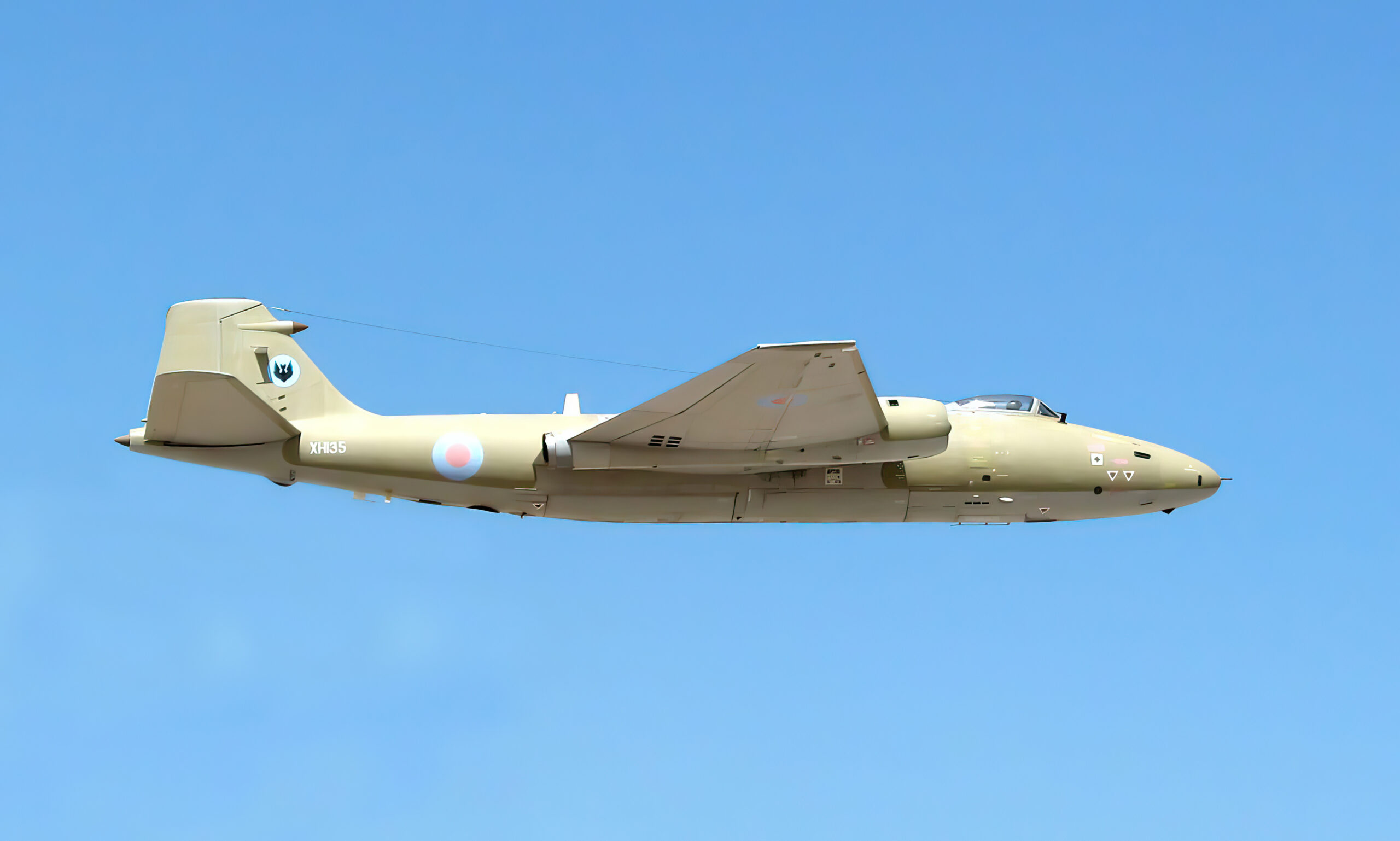
Into action
Canberra first went into action right after its introduction into the RAF service in 1951 where it was deployed in Korea. It is also presumed to have performed an audacious overflight of the Soviet Union. This included the Kapustin Yar testing range in 1953 although the U.K. government never officially acknowledged that such mission took place. There were also the Suez Crisis, Vietnam War, Indo-Pakistani War, Falklands War and several conflicts in Africa, Bosnia and Kosovo.
In some cases, the type was employed by both sides of the conflict. Before finally retiring from the RAF service in 2006, Canberra took part in another two major conflicts: the Iraq War and the War in Afghanistan. The USAF retired its Martin B-57s back in 1983, but three U.S. produced Canberra’s still continue flying meteorological missions for NASA.

